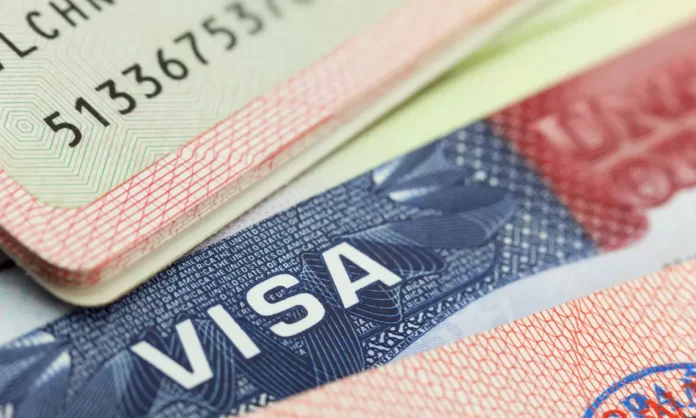For many immigrants—particularly those from developing or underdeveloped countries—the quest to obtain a U.S. green card and eventually become an American citizen is a lifelong dream.
However, while marriage to a U.S. citizen is one of the common pathways to legal residency, it is also one of the most closely scrutinized by immigration authorities.
According to U.S. immigration lawyer Lelia Essien of Essien Law Firm, green card applications through marriage can face delays or outright denial for several reasons, most commonly due to inconsistencies, insufficient documentation, or red flags suggesting potential fraud. Below are three critical factors that can trigger suspicion, delay the process, or lead to denial.
1. Significant Age Difference Between Spouses
When there is a large age gap between the applicant and their U.S. citizen spouse—such as a 30-year-old marrying a 70-year-old—it often raises concerns of a possible sham marriage. Immigration officers are trained to look out for unusual relationship dynamics that may suggest the marriage was entered into solely for immigration benefits. While not illegal, a significant age difference may prompt a deeper investigation into the authenticity of the relationship.
2. Marrying Immediately After a Divorce
Immigration authorities also flag situations where a foreign national divorces in their home country and almost immediately remarries in the U.S. This pattern is commonly viewed as suspicious and may indicate an attempt to circumvent immigration laws. If USCIS believes the new marriage was arranged merely for immigration purposes, the case could face extended scrutiny and possible rejection.
3. Sudden Marriage Shortly After Entering the U.S.
A marriage that takes place shortly after a foreign national enters the United States—particularly within the first 90 days—can be seen as a violation of the visitor visa terms. Known as the “90-day rule,” this guideline assumes fraud if someone marries a U.S. citizen or green card holder within 90 days of arriving in the U.S. on a temporary visa. Immigration officers may suspect the individual had the intent to marry and remain in the country permanently, even if they initially entered under the pretense of a short visit.
In such cases, applicants must be able to provide clear evidence that the relationship is genuine and that they did not initially enter the U.S. with the intention of getting married. A sudden shift in marital status—especially when done in desperation—can raise serious doubts about the authenticity of the union.
Ultimately, while marriage to a U.S. citizen is a legitimate pathway to permanent residency, applicants must be fully aware of the legal and procedural expectations. Any sign of inconsistency or dishonesty can not only delay the process but also result in long-term immigration consequences.



